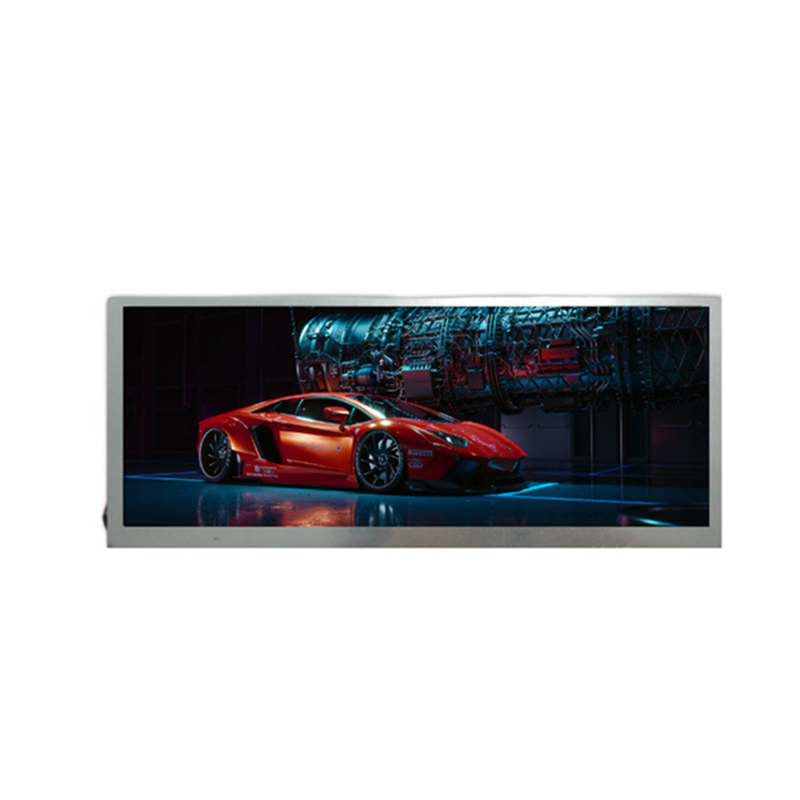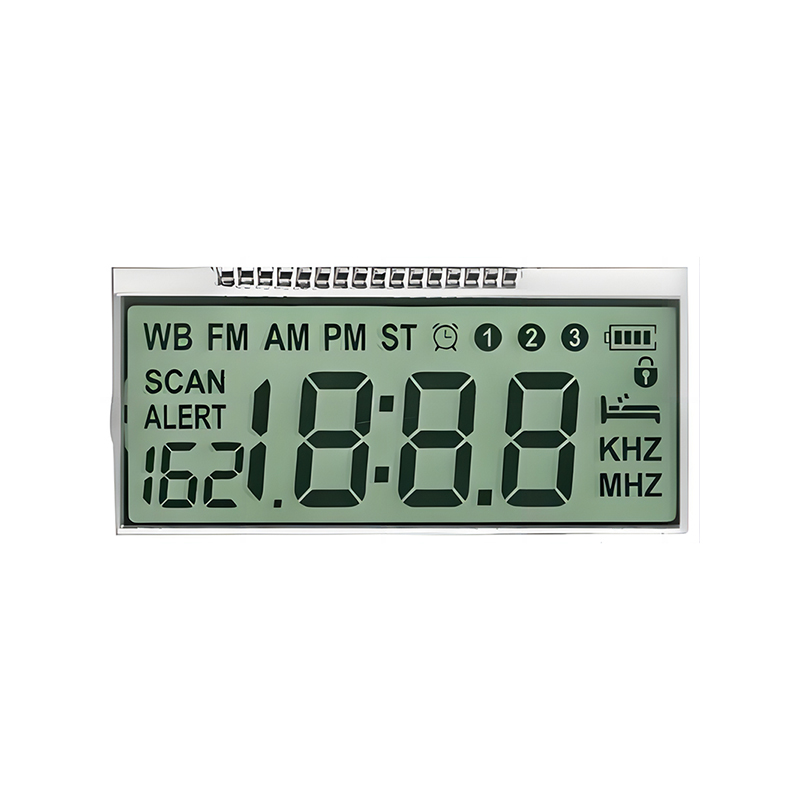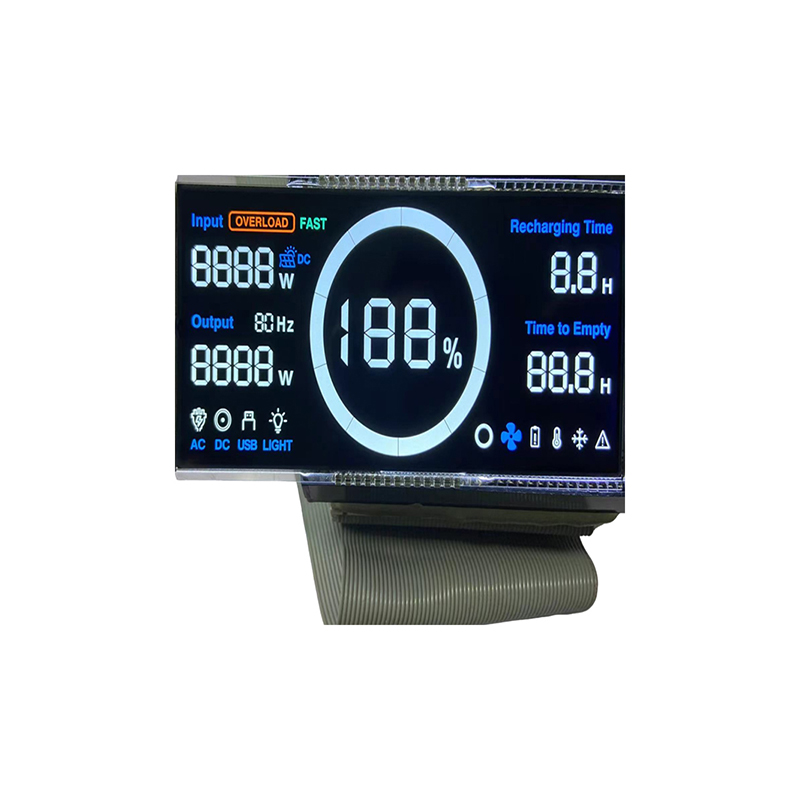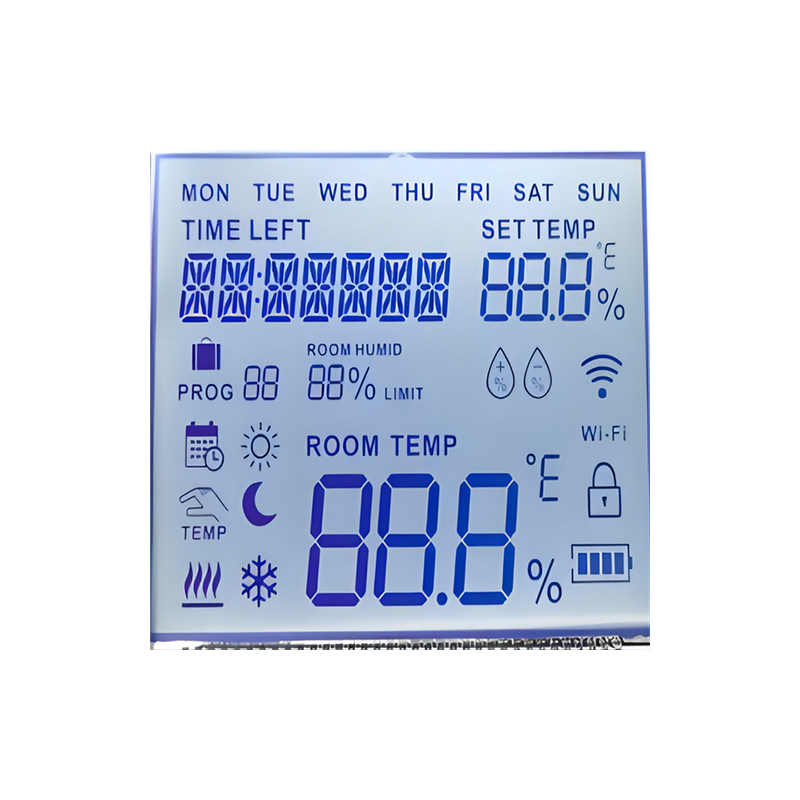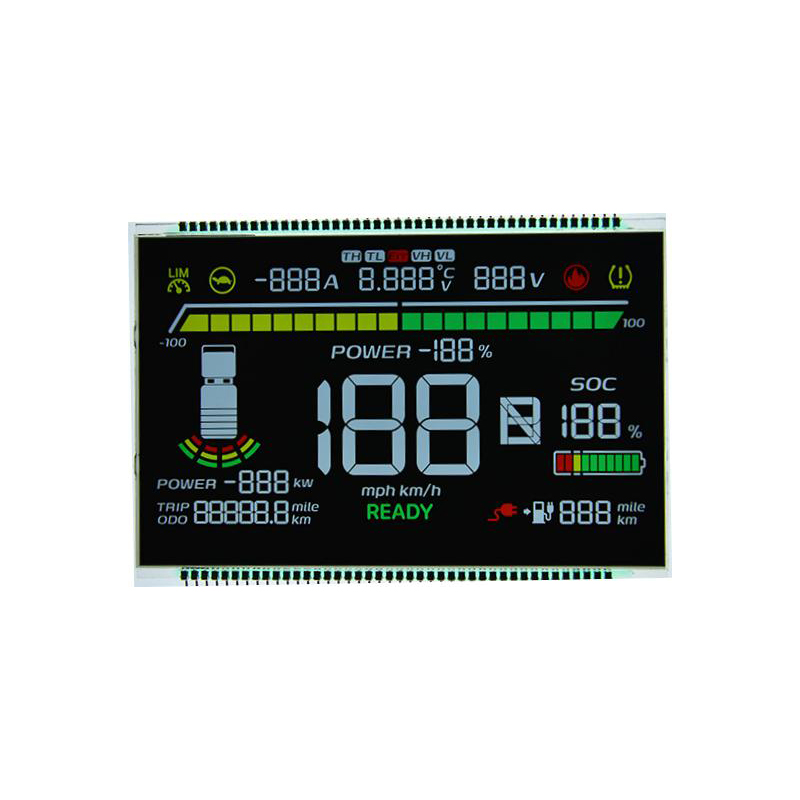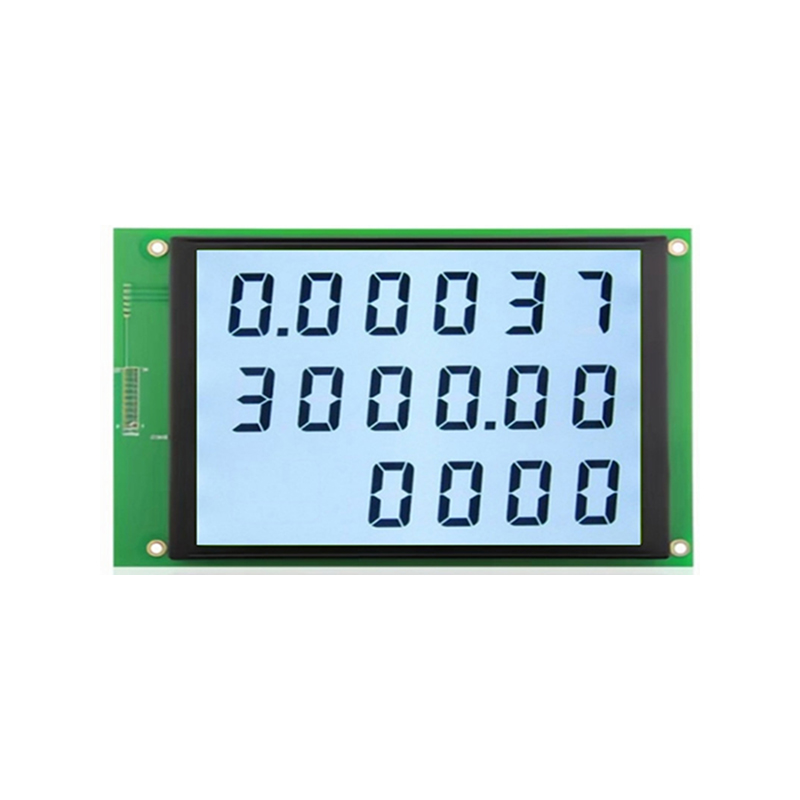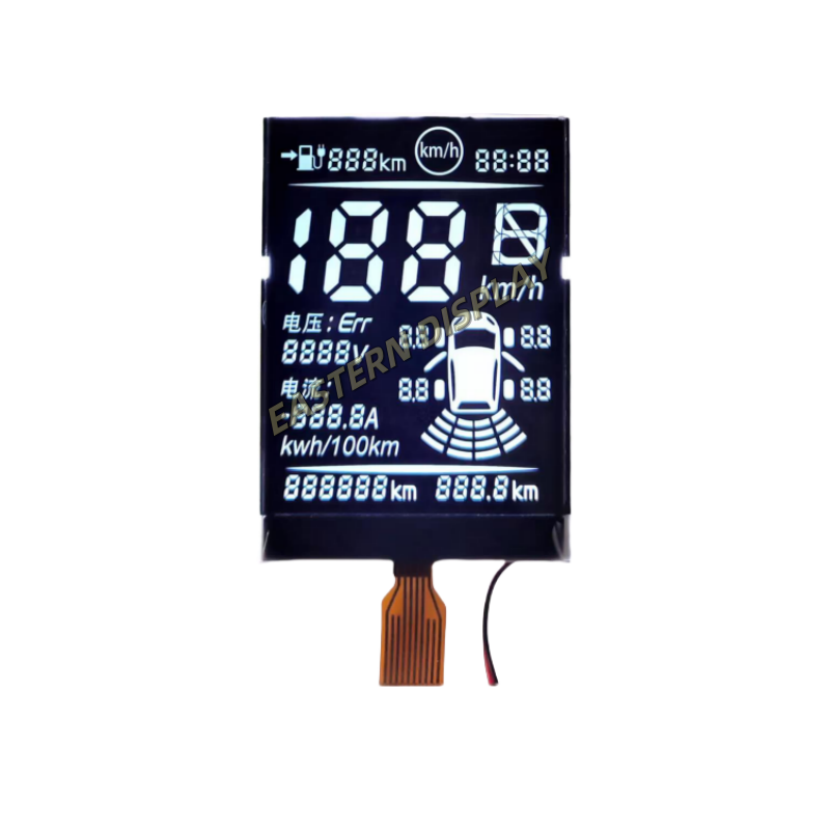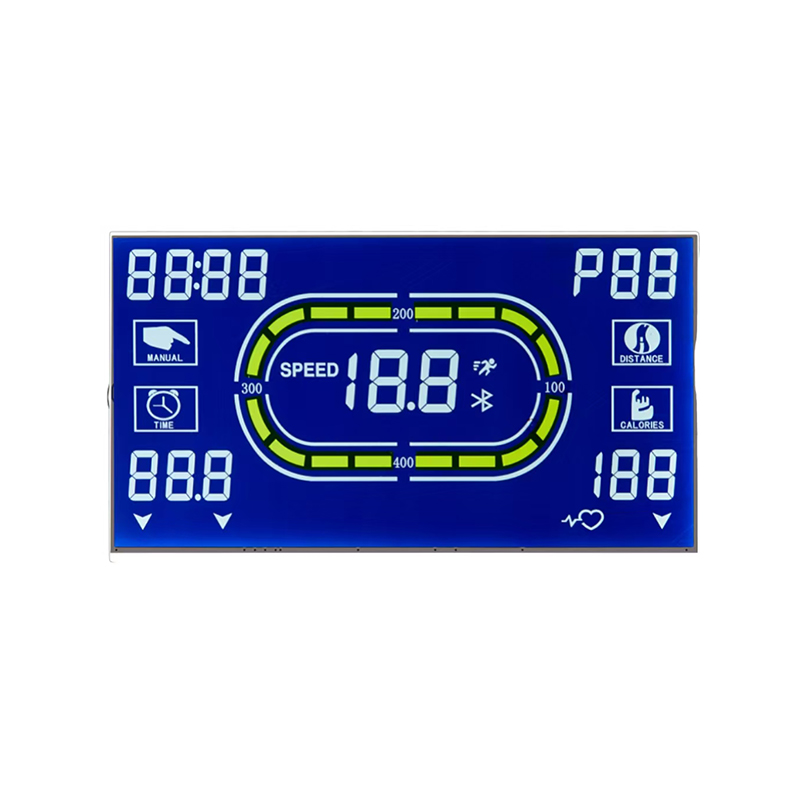
This guide provides a detailed overview of the JHD162A 16x2 LCD display, covering its specifications, applications, and integration techniques. We'll explore its features, advantages, and limitations, helping you determine if it's the right choice for your project. Learn how to connect it, program it, and troubleshoot common issues.
The JHD162A 16x2 LCD display is a popular choice for various embedded systems due to its compact size and ease of use. It's a character LCD, meaning it displays characters rather than pixels, offering a clear and readable output. Key specifications typically include:
It's important to note that slight variations in specifications can occur between different manufacturers. Always refer to the datasheet provided by your specific JHD162A 16x2 LCD display supplier for precise details. For reliable components and further information on LCD displays, consider exploring the offerings at Dalian Eastern Display Co., Ltd., a leading provider of LCD solutions.
The versatility of the JHD162A 16x2 LCD display makes it suitable for a wide range of applications, including:
Connecting the JHD162A 16x2 LCD display typically involves connecting its data pins, control pins (e.g., RS, RW, E), and power supply pins (VCC, GND) to a microcontroller or other controlling device. Consult the datasheet for the precise pin configuration. Properly connecting the backlight is also crucial for visibility. Incorrect connections can lead to display malfunctions. A carefully drawn schematic is strongly recommended.
Programming the JHD162A 16x2 LCD display usually involves using a library specific to your microcontroller (e.g., LiquidCrystal library for Arduino). These libraries simplify the process of sending commands and data to the display. The programming process involves initializing the display, then sending commands to control the cursor position and data to display characters or text strings. Many examples and tutorials are available online.
A blank screen often indicates problems with power supply, connections, or contrast adjustment. Check the power supply, ensure all connections are secure, and adjust the contrast potentiometer if available.
Garbled text usually points to incorrect wiring or programming errors. Double-check the pin connections and review the code for any mistakes. The display datasheet can help identify the correct signal timing requirements.
When selecting a JHD162A 16x2 LCD display, consider factors such as backlight type, character size, and interface type to ensure compatibility with your project's requirements. Remember to always cross-reference the supplier's specifications with your design needs.
Remember to always consult the datasheet provided by your supplier for the most accurate and up-to-date information on your specific JHD162A 16x2 LCD display model.


